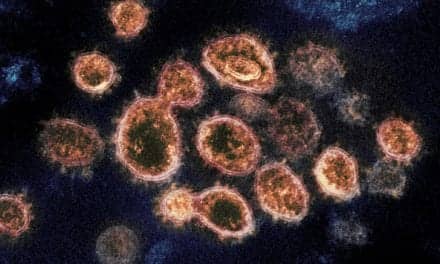The virus that causes covid-19 is stable for several hours to days in aerosols and on surfaces, according to a study from researchers at the National Institutes of Health; the Centers for Disease Control and Prevention; the University of California, Los Angeles; and Princeton University.1 The scientists found that severe acute respiratory syndrome coronavirus 2 (SARS-CoV-2) was detectable for up to 3 hours in aerosols, up to 4 hours on copper, up to 24 hours on cardboard, and up to 2 to 3 days on plastic and stainless steel. The results provide key information about the stability of SARS-CoV-2 and suggests that people may acquire the virus through the air and after touching contaminated objects.
The NIH scientists, from the National Institute of Allergy and Infectious Diseases’ Montana facility at Rocky Mountain Laboratories, compared how the environment affects SARS-CoV-2 and SARS-CoV-1, the virus that causes SARS.
SARS-CoV-1, like its successor now circulating across the globe, emerged from China and infected more than 8,000 people in 2002 and 2003. SARS-CoV-1 was eradicated by intensive contact tracing and case isolation measures, and no cases have been detected since 2004. SARS-CoV-1 is the human coronavirus most closely related to SARS-CoV-2. In the stability study the two viruses behaved similarly, which unfortunately fails to explain why covid-19 has become a much larger outbreak.
Read more from the NIH.
Reference
1. Van Doremalen N, Bushmaker T, Morris DH, et al. Aerosol and surface stability of SARS-CoV-2 as compared with SARS-CoV-1. N Engl J Med. Epub before print, March 17, 2020; doi: 10.1056/nejmc2004973.
Featured image: Colorized scanning electron micrograph of an apoptotic cell (blue) heavily infected with SARS-CoV-2 virus particles (yellow), isolated from a patient sample. Image captured and color-enhanced at the NIAID integrated research facility in Fort Detrick, Md. Photo courtesy NIAID.




